
Solang Valley: The Adventure Hub of Manali
Solang Valley in Manali: A year-round destination offering thrilling adventure sports, breathtaking Himalayan scenery, and serene nature escapes.
Nestled amidst the snow-clad peaks of the Himalayan range, Solang Valley is a picturesque neighbourhood just 14 kilometers northwest of Manali. This enchanting valley is famed for its breathtaking scenery, offering visitors a compelling blend of lush greenery, majestic mountains, and a serene atmosphere. Whether you are an adventure enthusiast or a nature lover, Solang Valley promises an unforgettable experience. Solang Valley is best known for its wide array of adventure sports. During the winter months, the valley transforms into a snowy paradise, perfect for skiing, snowboarding, and snowmobiling. As the snow melts, the landscape morphs into a playground for paragliding, zorbing, horse riding, and ropeway rides. The valley's versatility makes it a year-round destination for thrill-seekers and families alike. Beyond the adventure sports, Solang Valley offers a tranquil escape with its scenic beauty and calm environment. The nearby Solang Nullah, a tributary of the Beas River, enhances the valley's charm. Visitors can take leisurely walks, enjoy picnics, or simply relax while absorbing the pristine beauty of the surroundings. The valley is also a gateway to various trekking routes, including the famous trek to Anjani Mahadev, a sacred Shiva temple located amidst the mountains. Easily accessible from Manali, Solang Valley is a must-visit for anyone looking to experience the raw beauty and adventure of the Himalayas. The local culture, friendly people, and natural splendor make it an ideal destination for a memorable holiday.
Local tips in Solang Valley
- Visit during winter for skiing and snowboarding; summer offers paragliding and zorbing.
- Wear appropriate clothing and footwear for adventure sports and trekking.
- Try the local food stalls for authentic Himachali cuisine.
- Book adventure activities in advance during peak tourist seasons.
- Early mornings and late evenings are the best times for photography.
Solang Valley: The Adventure Hub of Manali
Nestled amidst the snow-clad peaks of the Himalayan range, Solang Valley is a picturesque neighbourhood just 14 kilometers northwest of Manali. This enchanting valley is famed for its breathtaking scenery, offering visitors a compelling blend of lush greenery, majestic mountains, and a serene atmosphere. Whether you are an adventure enthusiast or a nature lover, Solang Valley promises an unforgettable experience. Solang Valley is best known for its wide array of adventure sports. During the winter months, the valley transforms into a snowy paradise, perfect for skiing, snowboarding, and snowmobiling. As the snow melts, the landscape morphs into a playground for paragliding, zorbing, horse riding, and ropeway rides. The valley's versatility makes it a year-round destination for thrill-seekers and families alike. Beyond the adventure sports, Solang Valley offers a tranquil escape with its scenic beauty and calm environment. The nearby Solang Nullah, a tributary of the Beas River, enhances the valley's charm. Visitors can take leisurely walks, enjoy picnics, or simply relax while absorbing the pristine beauty of the surroundings. The valley is also a gateway to various trekking routes, including the famous trek to Anjani Mahadev, a sacred Shiva temple located amidst the mountains. Easily accessible from Manali, Solang Valley is a must-visit for anyone looking to experience the raw beauty and adventure of the Himalayas. The local culture, friendly people, and natural splendor make it an ideal destination for a memorable holiday.
Iconic landmarks you can’t miss
Solang Valley
Explore the natural beauty and adventure of Solang Valley in Himachal Pradesh, a must-visit destination for nature lovers and thrill-seekers alike.
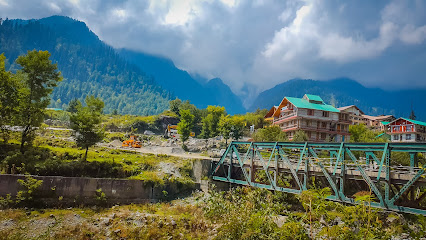
Solang Ropeway & Ski Center
Experience the thrill of winter sports and breathtaking views at Solang Ropeway & Ski Center in Himachal Pradesh.
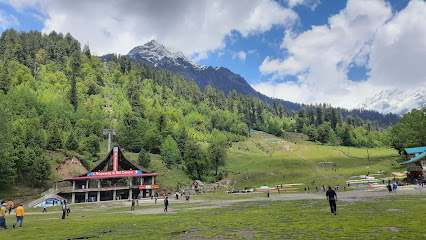
Gulaba Viewpoint
Discover the awe-inspiring Gulaba Viewpoint in Himachal Pradesh, where breathtaking Himalayan vistas and serene nature combine for an unforgettable experience.
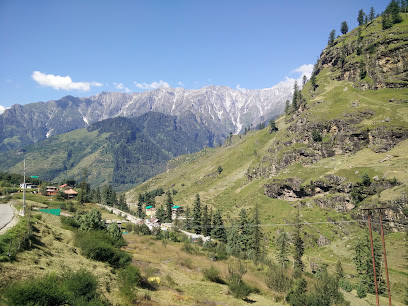
Shri Anjani Mahadev Mandir
Explore the serene Shri Anjani Mahadev Mandir in Himachal Pradesh, a spiritual retreat surrounded by breathtaking landscapes and rich cultural heritage.
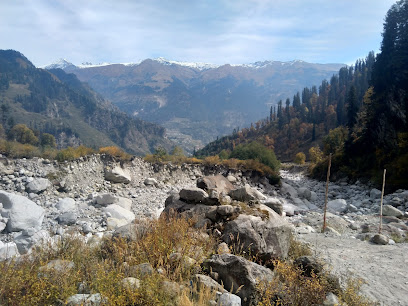
COUNTER NO 26, Adventure Activities Area, longest zipline in Himachal
Discover the thrill of adventure at Counter No 26, home to Himachal's longest zipline and breathtaking views of the stunning Solang Valley.
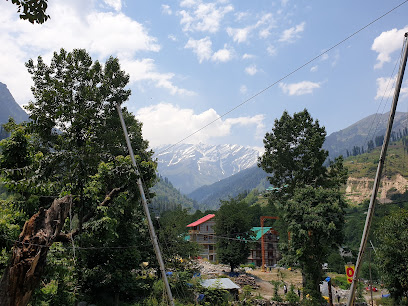
PALCHAN BRIDGE
Experience breathtaking views and adventure at Palchan Bridge in Solang Valley, Himachal Pradesh, a perfect blend of nature and excitement.

Patalsu Peak Trek
Explore the breathtaking Patalsu Peak Trek in Himachal Pradesh, a must-visit destination for adventure seekers and nature lovers alike.
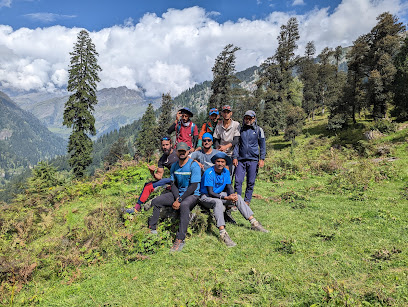
Solang Ground
Discover the breathtaking beauty and thrilling adventures of Solang Ground, a must-visit tourist attraction in the heart of Himachal Pradesh.

Manali
Experience the breathtaking beauty and thrilling adventures of Manali, a serene hill station in the heart of Himachal Pradesh, India.
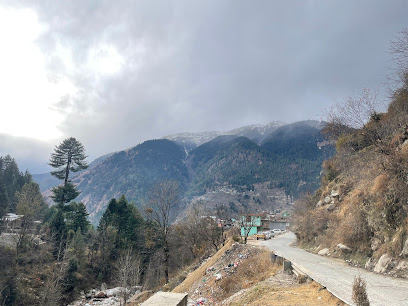
PØtS eRutuF
Discover adventure and breathtaking views at PØtS eRutuF, a scenic trekking point in the serene Solang Valley of Himachal Pradesh.
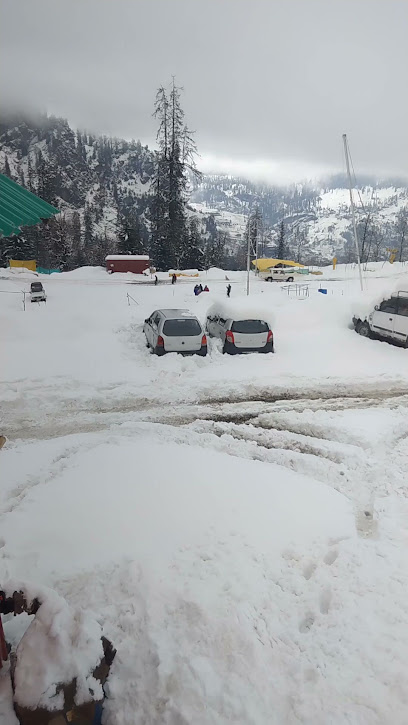
Unmissable attractions to see
Hadimba Devi Temple
Explore the serene Hadimba Devi Temple in Manali, a stunning blend of nature, spirituality, and ancient architecture amidst the majestic Himalayas.
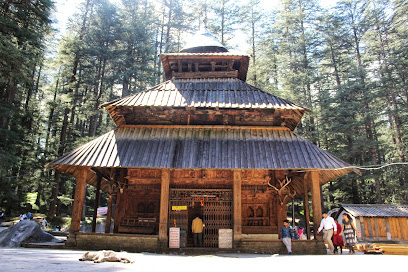
Solang Valley
Explore the enchanting Solang Valley, a stunning nature preserve in Himachal Pradesh, perfect for adventure seekers and nature lovers alike.
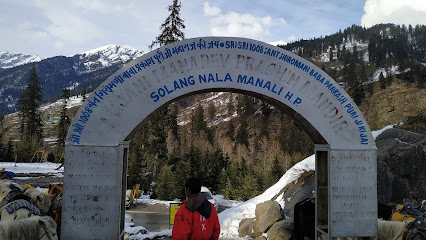
Jogini Falls
Experience the tranquility of Jogini Falls, a stunning natural gem in Himachal Pradesh, perfect for hiking and relaxation amidst breathtaking scenery.
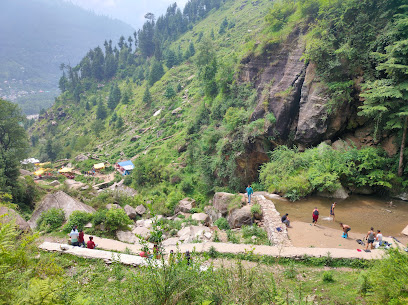
Solang Ropeway & Ski Center
Explore the majestic Solang Ropeway & Ski Center: a paradise for winter sports and breathtaking Himalayan views in Himachal Pradesh.

Nehru Kund
Discover the serene beauty of Nehru Kund, a natural spring in Himachal Pradesh, surrounded by breathtaking mountains and lush greenery.
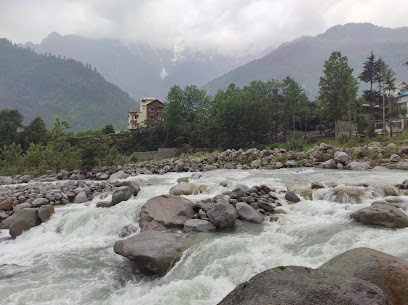
Shri Anjani Mahadev Mandir
Experience the tranquility of Shri Anjani Mahadev Mandir, a sacred Hindu temple in Himachal Pradesh, surrounded by stunning natural beauty and hiking trails.
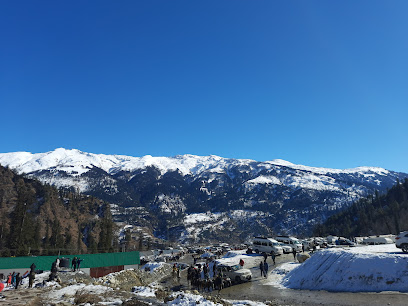
COUNTER NO 26, Adventure Activities Area, longest zipline in Himachal
Discover the thrill of the longest zipline in Himachal at COUNTER NO 26, where adventure meets breathtaking scenery in Solang Valley.
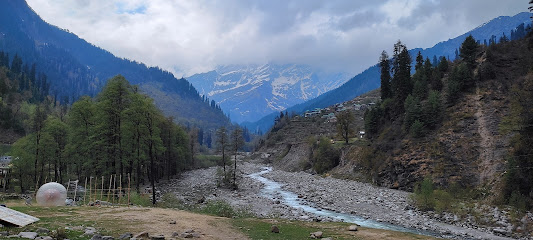
Solang Valley Ropeway Top
Experience unparalleled beauty and adventure atop the stunning Solang Valley Ropeway in Himachal Pradesh, where nature meets thrill.
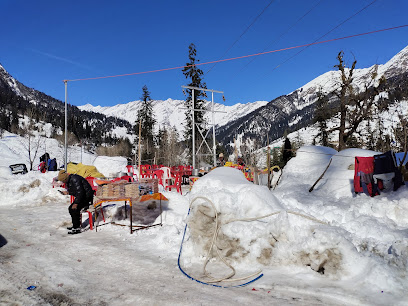
Patalsu Peak Trek
Embark on an unforgettable adventure at Patalsu Peak Trek, where breathtaking Himalayan views and lush landscapes await your exploration.
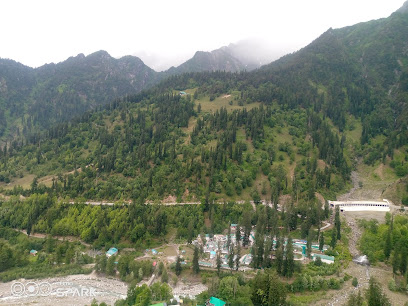
Shillong valley
Discover the natural beauty and serene landscapes of Shillong Valley in Himachal Pradesh, a breathtaking park perfect for nature lovers and adventurers.
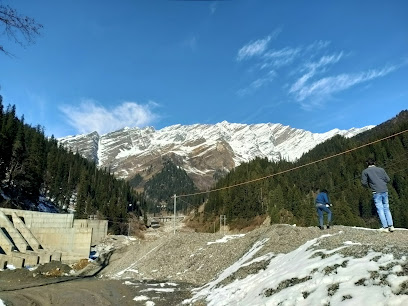
Solang Valley Activities
Explore the exhilarating adventure sports of Solang Valley, nestled in the scenic Himalayas, perfect for thrill-seekers and nature lovers alike.
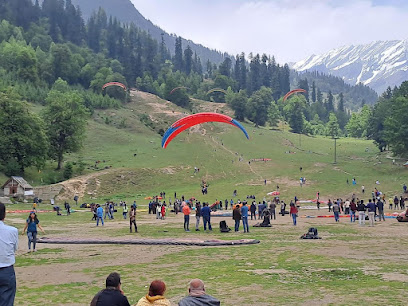
Ski Point
Explore the thrill of skiing and the serene beauty of the Himalayas at Ski Point in Solang Valley, Himachal Pradesh.
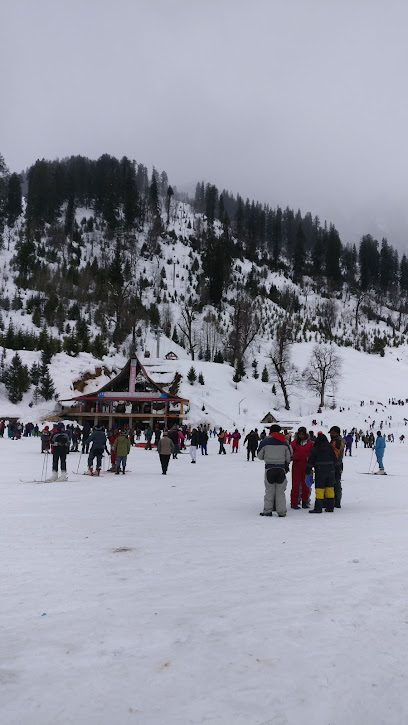
Solang waterfall
Discover the enchanting beauty of Solang Waterfall in Himachal Pradesh, a serene haven for nature lovers and adventure enthusiasts alike.
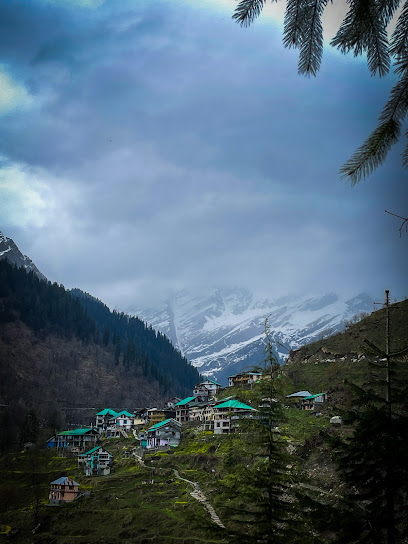
Girnar water fall
Explore the enchanting Girnar Waterfall in Solang Valley, a stunning natural attraction perfect for adventure seekers and nature lovers alike.
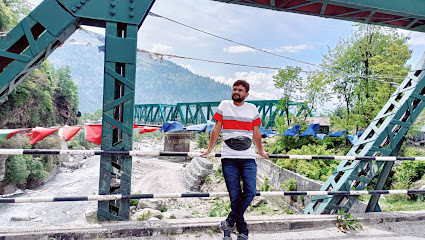
Enroute Solang Valley
Experience the breathtaking beauty and thrilling adventures at Enroute Solang Valley, a must-visit tourist attraction in Himachal Pradesh.

Essential places to dine
Rozi's cafe
Experience the charm and flavors of Solang Valley at Rozi's Cafe - where every meal is paired with breathtaking mountain views.
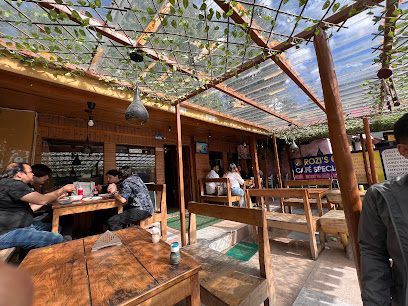
Italian Pizza Hut
Experience authentic Italian cuisine amidst breathtaking mountain views at the Italian Pizza Hut in Solang Valley.
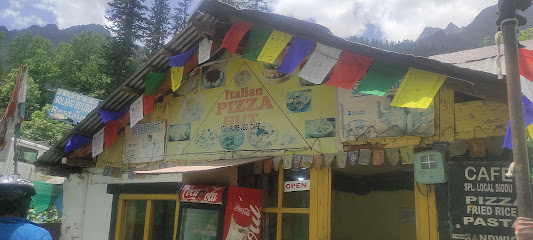
Delhi Royal Hospitality
Experience exquisite dining at Delhi Royal Hospitality in Solang Valley - where local flavors meet breathtaking mountain views.
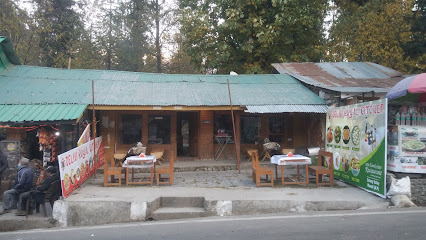
Dhaam
Experience authentic Indian cuisine amidst the breathtaking beauty of Solang Valley at Dhaam.
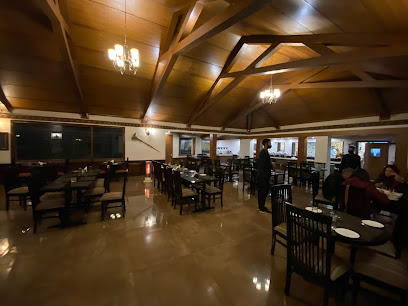
Solang Holiday Restaurant
Discover delicious cuisine amidst breathtaking landscapes at Solang Holiday Restaurant in Himachal Pradesh's scenic Solang Valley.
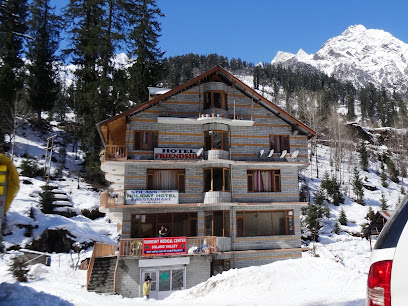
Singh's kitchen dhaba
Discover authentic Indian flavors at Singh's Kitchen Dhaba, a culinary treasure nestled in the scenic Solang Valley.
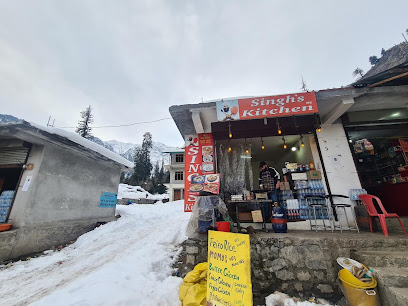
Sanggel Dhaba
Experience authentic Indian cuisine in the heart of Solang Valley at Sanggel Dhaba – where every meal tells a story.
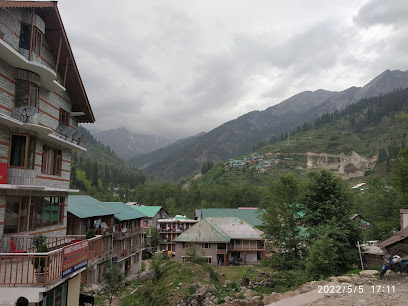
The Gazebo
Discover authentic Italian flavors at The Gazebo in Solang Valley while surrounded by stunning Himalayan landscapes.
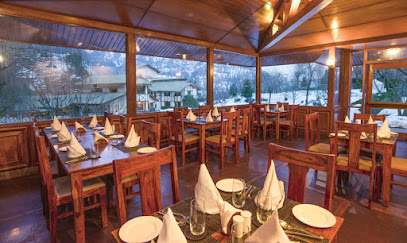
Man Vs Miles Solang
Discover delightful flavors and stunning mountain views at Man Vs Miles Solang, a culinary gem in Himachal Pradesh's breathtaking landscape.
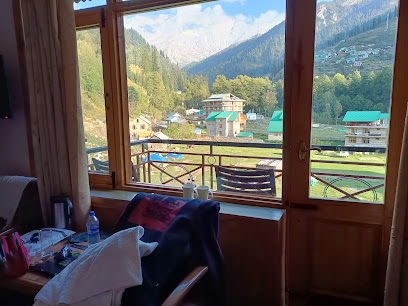
FAST FOOD CORNER
Discover quick bites and local flavors at Fast Food Corner in Solang Valley, where adventure meets deliciousness amidst stunning landscapes.

Markets, malls and hidden boutiques
Shop No.132( Snow Dress)
Discover adventure-ready clothing and expert travel advice at Snow Dress in Manali, the ultimate stop for tourists exploring the Himalayas.
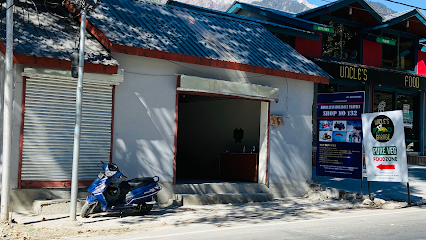
KOJA (Manali Store)
Explore KOJA in Manali for unique gifts and authentic handicrafts that capture the spirit of Himachal Pradesh.
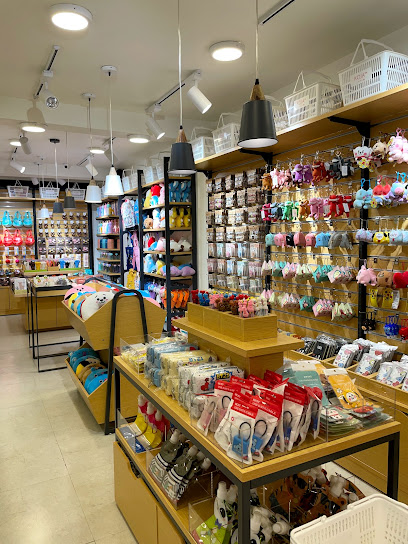
THE EVIL EYE
Explore unique handcrafted souvenirs and local treasures at The Evil Eye gift shop in Old Manali, a perfect stop for every traveler.
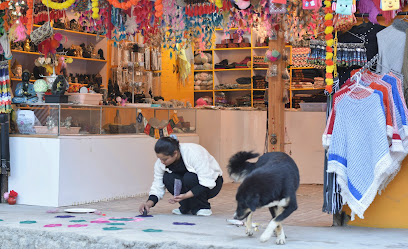
Bhutan handicraft and Souvenirs shop
Discover authentic Bhutanese handicrafts and souvenirs in Manali, reflecting the unique culture and artistry of the Himalayas.
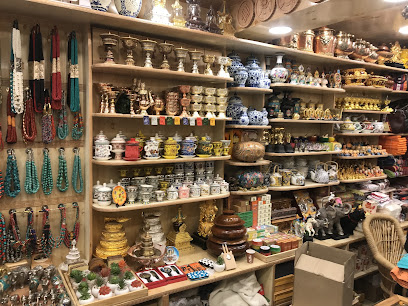
Skyline fashion boutique
Explore Skyline Fashion Boutique in Palchan, Manali for trendy clothing and accessories amidst stunning Himalayan views.

Shop no.369(Snow dress)
Discover the perfect snow dresses and winter wear at Shop No. 369 in Manali for a stylish adventure in the Himalayas.
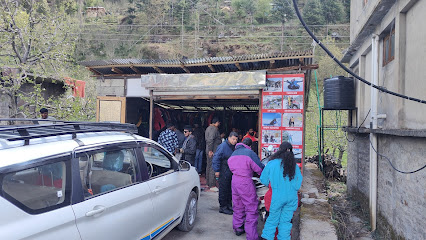
Ratan General Store
Explore the authentic charm of Ratan General Store in Solang Valley, offering local goods, snacks, and a taste of Himachal Pradesh's culture.

Vashishth Medicose
Discover health and wellness at Vashishth Medicose in Solang Valley, your trusted pharmacy for essential medicines and local remedies in Himachal Pradesh.

Explore Manali Camp
Explore Manali Camp: Your gateway to adventure in the stunning Solang Valley, where nature meets thrill in Himachal Pradesh.
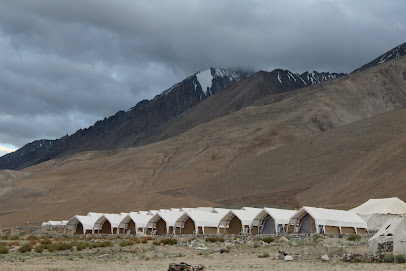
Solang valley general Store
Explore the picturesque Solang Valley General Store, where local charm meets stunning natural beauty in Himachal Pradesh.

Essential bars & hidden hideouts
Cafe 1947
Experience the best of Italian and continental cuisines at Cafe 1947, a culinary treasure nestled in the heart of Manali's stunning landscape.
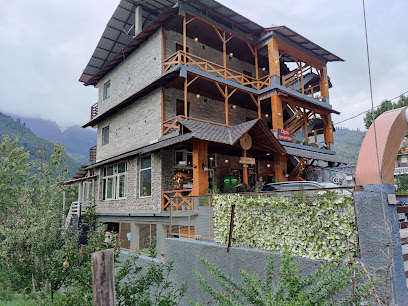
Explosion NightClub
Experience the vibrant nightlife of Manali at Explosion NightClub, a premier spot for dancing, drinks, and unforgettable moments.
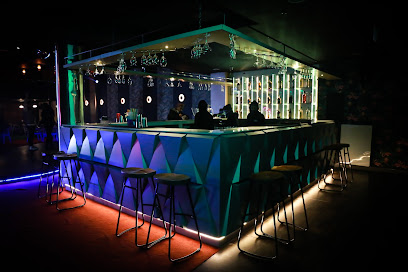
Taste of India, Manali | Indian Restaurant in Manali | Best Cafe in Manali | Indian Food Takeaway
Discover the vibrant flavors of India at Taste of India in Manali, where every meal is a delightful experience amidst breathtaking mountain views.

RIDE INN CAFE, BAR & Resort
Experience the charm of Ride Inn Cafe, Bar & Resort in Manali, where culinary delights meet breathtaking Himalayan views.
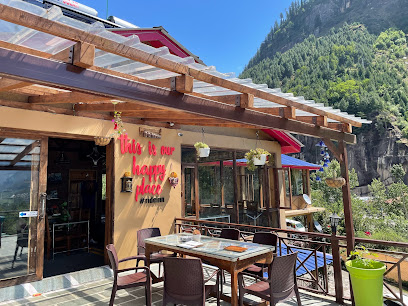
Rendez-Vous Bar & Restaurant
Discover the taste of Old Manali at Rendez-Vous Bar & Restaurant, where grilled delights meet stunning mountain views.
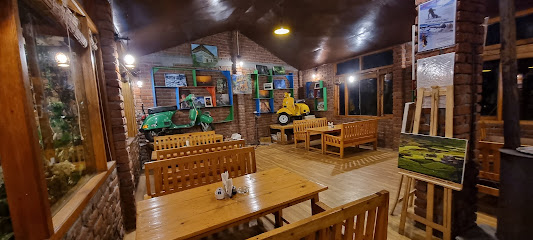
Dream Village Cottages & Beer Bar - Dome House Manali
Discover the perfect blend of cozy accommodations and a vibrant bar experience at Dream Village Cottages in Manali, Himachal Pradesh.
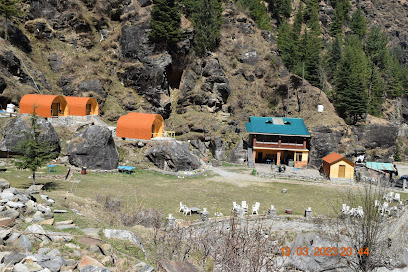
Ibex Lounge Bar & Restaurant - Best Live Music Bar/Food and Drinks Bar/Hookah Bar/Best Bar in Manali
Discover the vibrant atmosphere and delightful cuisine of Ibex Lounge Bar & Restaurant, a top destination for live music and relaxation in Manali.
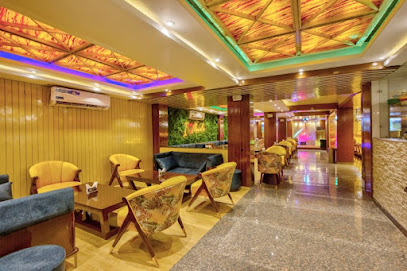
Zing Zing Bar
Discover the vibrant ambiance and diverse drink menu at Zing Zing Bar, the perfect spot for relaxation in Manali.
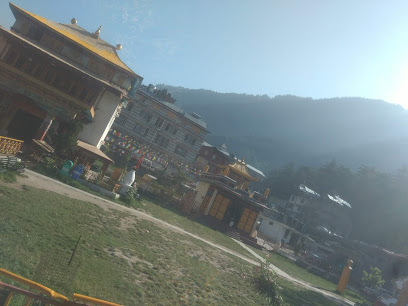
Rozi's cafe
Discover the charm of Rozi's Cafe in Solang Valley, offering delicious food and stunning mountain views for an unforgettable dining experience.
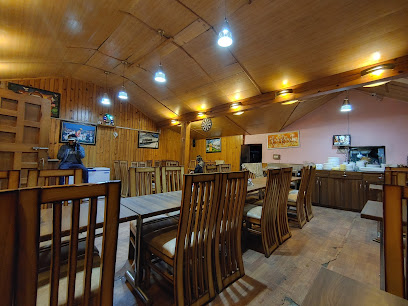
Delhi Royal Hospitality
Experience exquisite dining at Delhi Royal Hospitality in Solang Valley, where local flavors meet stunning mountain vistas.
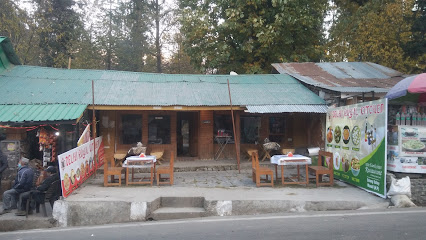
Solang Holiday Restaurant
Experience authentic Himachali cuisine and warm hospitality at Solang Holiday Restaurant, nestled in the breathtaking Solang Valley.
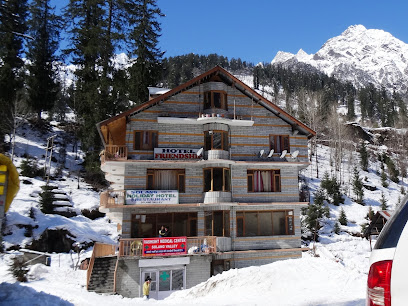
Man Vs Miles Solang
Experience the best of Himachal Pradesh's flavors at Man Vs Miles Solang, where great food meets stunning mountain views.

Beers n Cheers
Experience the lively atmosphere and stunning views at Beers n Cheers, Manali's go-to bar for an unforgettable night out.
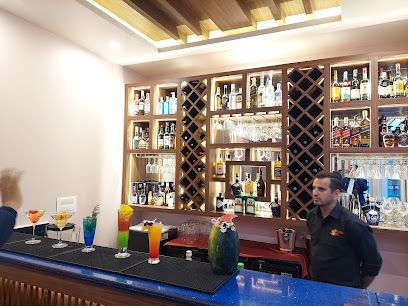
Local Phrases
-
- Helloनमस्कार
[Namaskar] - Goodbyeअलविदा
[Alvida] - Yesहां
[Haan] - Noनहीं
[Nahi] - Please/You're welcomeकृपया
[Kripya] - Thank youधन्यवाद
[Dhanyavad] - Excuse me/Sorryमाफ़ कीजिए
[Maaf kijiye] - How are you?आप कैसे हैं?
[Aap kaise hain?] - Fine. And you?ठीक हूं। और आप?
[Theek hoon. Aur aap?] - Do you speak English?क्या आप अंग्रेज़ी बोलते हैं?
[Kya aap angrezi bolte hain?] - I don't understandमुझे समझ में नहीं आया
[Mujhe samajh mein nahi aaya]
- Helloनमस्कार
-
- I'd like to see the menu, pleaseकृपया मेन्यू दिखाएं
[Kripya menu dikhaye] - I don't eat meatमैं मांस नहीं खाता
[Main maans nahi khaata] - Cheers!चियर्स!
[Cheers!] - I would like to pay, pleaseकृपया मैं भुगतान करना चाहूं
[Kripya main bhugtan karna chahoon]
- I'd like to see the menu, pleaseकृपया मेन्यू दिखाएं
-
- Help!बचाओ!
[Bachao!] - Go away!चले जाओ!
[Chale jao!] - Call the Police!पुलिस को बुलाओ!
[Police ko bulao!] - Call a doctor!डॉक्टर को बुलाओ!
[Doctor ko bulao!] - I'm lostमैं खो गया हूँ
[Main kho gaya hoon] - I'm illमुझे बीमारी है
[Mujhe bimari hai]
- Help!बचाओ!
-
- I'd like to buy...मैं खरीदना चाहता हूँ...
[Main kharidna chahta hoon...] - I'm just lookingमैं बस देख रहा हूँ
[Main bas dekh raha hoon] - How much is it?यह कितने का है?
[Yeh kitne ka hai?] - That's too expensiveयह बहुत महंगा है
[Yeh bahut mehnga hai] - Can you lower the price?क्या आप कीमत कम कर सकते हैं?
[Kya aap keemat kam kar sakte hain?]
- I'd like to buy...मैं खरीदना चाहता हूँ...
-
- What time is it?समय क्या है?
[Samay kya hai?] - It's one o'clockएक बजे हैं
[Ek baje hain] - Half past (10)दस बजके आधे
[Das bajke aadhe] - Morningसुबह
[Subah] - Afternoonदोपहर
[Dopahar] - Eveningशाम
[Shaam] - Yesterdayकल
[Kal] - Todayआज
[Aaj] - Tomorrowकल
[Kal] - 1एक
[Ek] - 2दो
[Do] - 3तीन
[Teen] - 4चार
[Char] - 5पांच
[Paanch] - 6छह
[Chhah] - 7सात
[Saath] - 8आठ
[Aath] - 9नौ
[Nau] - 10दस
[Das]
- What time is it?समय क्या है?
-
- Where's a/the...?...कहाँ है?
[...Kahan hai?] - What's the address?पता क्या है?
[Pata kya hai?] - Can you show me (on the map)?क्या आप मुझे दिखा सकते हैं (नक्शे पर)?
[Kya aap mujhe dikhha sakte hain (naksha par)?] - When's the next (bus)?अगली (बस) कब है?
[Agli (bus) kab hai?] - A ticket (to ....)एक टिकट (के लिए ....)
[Ek ticket (ke liye ....)]
- Where's a/the...?...कहाँ है?
History of Solang Valley
-
The Solang Valley's history can be traced back to ancient times, with evidence suggesting that the area was inhabited by indigenous tribes who practiced agriculture and animal husbandry. The lush pastures and favorable climate of the valley made it an ideal location for early settlers, who cultivated crops and raised livestock, laying the foundations for the region's agrarian culture.
-
Solang Valley is steeped in local folklore and traditions that reflect the cultural identity of the Himachali people. Legends often speak of the valley as a dwelling place of gods and spirits, with the local deities playing a crucial role in the lives of the inhabitants. Festivals and rituals are integral to the culture, with events such as the Solang Valley Winter Festival celebrating local customs, music, and dance.
-
During the British colonial period in the 19th century, Solang Valley began to attract attention from British officials and expatriates who sought respite in the cool climate of the Himalayas. This period saw the introduction of various agricultural practices and the construction of infrastructure that would aid in the development of tourism in the region. The British influence left an indelible mark on the local architecture and introduced the concept of hill station retreats.
-
Following India's independence in 1947, Solang Valley underwent significant changes as it evolved into a prominent tourist destination. The establishment of adventure sports facilities in the late 20th century, such as skiing and paragliding, attracted thrill-seekers from around the world. This shift not only transformed the local economy but also brought about a cultural exchange that enriched the valley's traditional lifestyle.
-
In recent years, there has been a growing movement in Solang Valley to preserve its cultural heritage while promoting sustainable tourism. Initiatives aimed at conserving local traditions, crafts, and ecological practices are gaining traction, reflecting a commitment to maintaining the valley's unique identity amidst rapid modernization. The synergy between cultural preservation and environmental awareness is shaping a new narrative for Solang Valley.
Solang Valley Essentials
-
Solang Valley is approximately 14 kilometers from Manali, and the most convenient way to get there is by taxi, which can be hired from the Manali bus station or your hotel. Local buses also run from Manali to Solang Valley, making stops at various points along the way. The journey takes about 30 to 45 minutes, depending on traffic and road conditions. For those driving, take the NH3 road towards Rohtang Pass, and follow the signs to Solang Valley.
-
In Solang Valley, the best way to get around is by walking or renting a bicycle, as many attractions are within walking distance. Local taxis are available for longer distances, and these can be booked through your hotel or hailed on the street. During the peak tourist season, shared taxis may also be an option. For adventure enthusiasts, several local operators offer guided tours for trekking and other outdoor activities.
-
Solang Valley is generally safe for tourists, but standard precautions should be taken. Avoid isolated areas after dark and be vigilant about your belongings in crowded spots. While there are no specific areas noted for high crime rates targeting tourists, it is advisable to stay in well-populated areas and not leave valuables unattended.
-
In case of an emergency, dial 112 for police assistance or 102 for medical emergencies. The nearest hospital is in Manali, which is about 14 kilometers away. It is advisable to have travel insurance that covers medical emergencies. For minor issues, local pharmacies are available in Solang Valley. Always keep a list of emergency contacts handy.
-
Fashion: Do wear comfortable clothing suitable for outdoor activities. Layers are advisable due to fluctuating temperatures. Don’t wear overly revealing clothing, especially in more traditional settings. Religion: Do respect local customs and be mindful when visiting temples or other religious sites. Don’t engage in loud behavior or take photos where prohibited. Public Transport: Do be courteous to fellow passengers. Don’t eat or drink on local buses. Greetings: Do greet locals with a friendly smile and a simple 'Namaste.' Don’t assume everyone speaks English; a few Hindi phrases can go a long way. Eating & Drinking: Do try local Himachali cuisine and accept invitations to share meals. Don’t waste food, as it is considered disrespectful.
-
To experience Solang Valley like a local, participate in the regional festivals if your visit coincides with them, such as the Lohri festival in January. Visit local markets to buy handmade crafts and souvenirs. Engage with local adventure sports operators for authentic experiences. If you're interested in skiing or paragliding, look for local guides who can provide equipment and training. Don’t miss the chance to interact with local families who are often open to sharing their culture and customs.
Nearby Cities to Solang Valley
-
Things To Do in Shimla
-
Things To Do in Leh
-
Things To Do in Jammu
-
Things To Do in Amritsar
-
Things To Do in Sialkot
-
Things To Do in Rishikesh
-
Things To Do in Lahore
-
Things To Do in Gujranwala
-
Things To Do in Skardu
-
Things To Do in Faisalabad
-
Things To Do in Murree
-
Things To Do in Delhi
-
Things To Do in Rawalpindi
-
Things To Do in Islamabad
-
Things To Do in Abbottabad











